Most Common Types of Grasses found in America
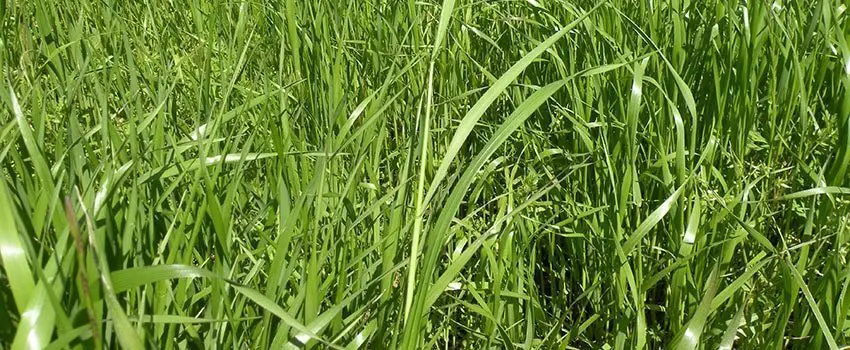
The type of grass in America homeowners grow for their lawns depends on the climate, the type of soil and the amount of sunlight the lawn will get. How often you want to cut your grass with a lawn mower enters the equation as well.
Fortunately, there are many types of grass to choose in America will make for a lush, healthy lawn, no matter where the homeowner lives. Cool season grasses, for example, can thrive in places where the winters are somewhat wet, snowy and cold and where the summers are dry and hot. Warm season grasses do well where the winters are mild, and the summers are hot whether or not they’re dry or humid.
Common Types of Grasses Found in America
Kentucky Bluegrass
Kentucky bluegrass is prized for its green-blue color and its cold hardiness. It doesn’t require much pampering, thrives in full sun but can tolerate a bit of shade and needs well-drained soil. Kentucky bluegrass needs to be watered frequently and regularly fertilized. There are over 200 types of Kentucky bluegrass. It’s the most popular grass for lawns.

Wheat Grass
Though many people know wheat grass as the plant that one can juice for their health, it also makes a good lawn. This is a cool season grass that has several winter-hardy varieties. Though it doesn’t form the dense, emerald green lawn of some other grasses, it’s very tough and drought tolerant. It also tolerates traffic and doesn’t need frequent watering nor as much fertilizer as other lawns. It’s used mostly as a lawn in places that experience very cold winters, like the Dakotas and central Canada.
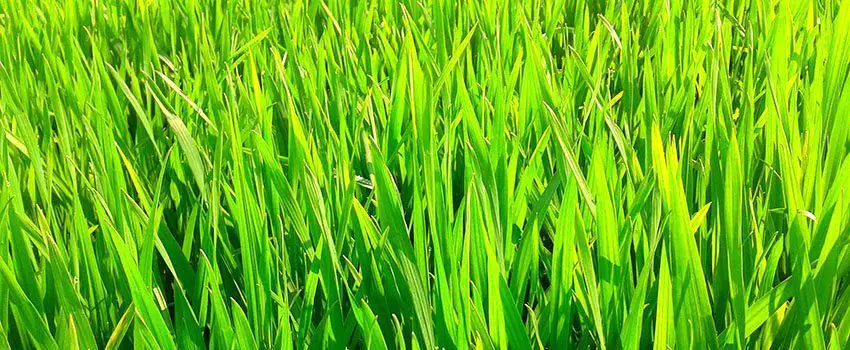
Bahia Grass
Bahia grass is a member of the Paspalum family, a family that also contains a rather noxious weed. Bahia grass is a coarse, hardy, all-purpose, warm-season grass. Once it’s established it becomes aggressive and can even grow in poor soil. It doesn’t need too much maintenance but can be challenging to mow because of its tough stems. Bahia grass is also more disease and insect resistant than other warm-season grasses.
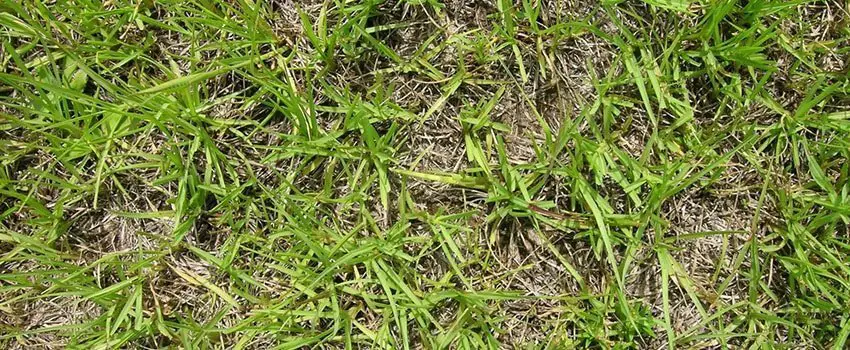
Bermuda Grass
This is a kind of turf can be intrusive and will dominate your story line if not retained under control. It requires relatively little specialist good care but needs comfort and good sunlight to flourish. If this is the circumstance on your story line then this variety can work well for you: it is resilient, grows and durable fast in the right conditions. It is also relatively inexpensive.
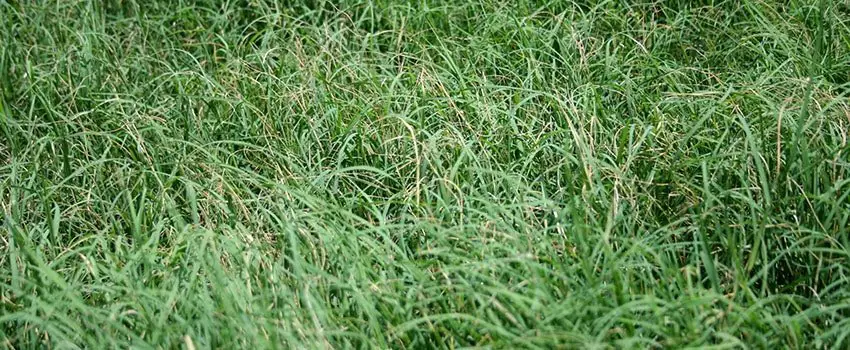
Centipede Grass
This sort of turf usually thrives in areas where in fact the ground is just a little acidic. Its ideal pH range is 4.5 – 5.5 – if this is the circumstance in your yard then this may be the lawn for you. It requires hardly any specialist care but doesn’t do traffic with heavy foot traffic. It could offer with some hue but will fare better in a sunlit area. Though it can prosper in many areas where other styles have struggled, you won’t expand extremely fast and may need an annual low nitrogen springtime give food to. The very best feed ratio going for is approximately 15-0-15, with the main element factor being that it cannot withstand phosphorus.
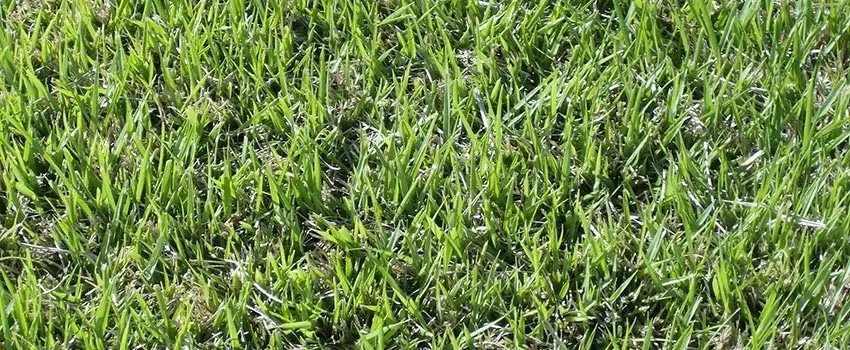
Zoysia Grass
If a homeowner wants a grass that’s just about indestructible and needs very little care, zoysia grass is the grass to choose. Zoysia is a warm-season grass that seems to welcome heat and even drought but can also grow well in partial shade and cool temperatures. Zoysia is notorious for being aggressive and will not allow weeds to grow where it grows. The texture can be fine or coarse, and some people find the grass prickly underfoot. Though it grows slowly and takes a while to establish itself in a lawn, once it is established it’s tenacious.
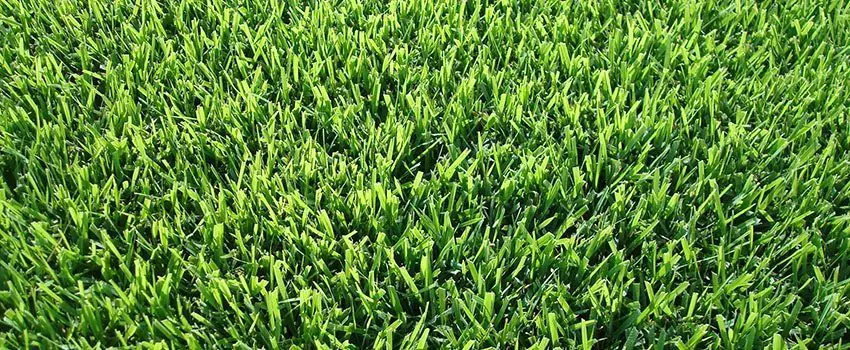
From the three kinds of grass that best in the South, Zoysia is the main one with the higher cool tolerance and easiest pH level. Providing your soil has balanced pH around 6 to 7, Zoysia shall reward you with a dense, dark green spread. It develops slowly if began from seed but should be accessible to get in rolls of sod. The primary variety thrives best with sunlight. However, many sub-types, like the Emerald, can prosper in shady areas. Though Zoysia can support short duration without water, you will need to monitor the watering if the dried up spell continues over weekly. Also, it needs twice-yearly feeds, in the planting season and fall season. Zoysia is an extremely beautiful grass if you have sufficient time for it to give it the tender, loving care it requires to prosper.
Carpet Grass
This type of grass in Americas has low maintenance and grows best in wet soil. This makes it ideal for areas with a drainage or ditch, or even for erosion control purposes. It is popular because it handles heavy traffic fairly well, which is why it can be found in many parks and even lawns. It is perfect for shadier areas with soil that can hold moisture for long.
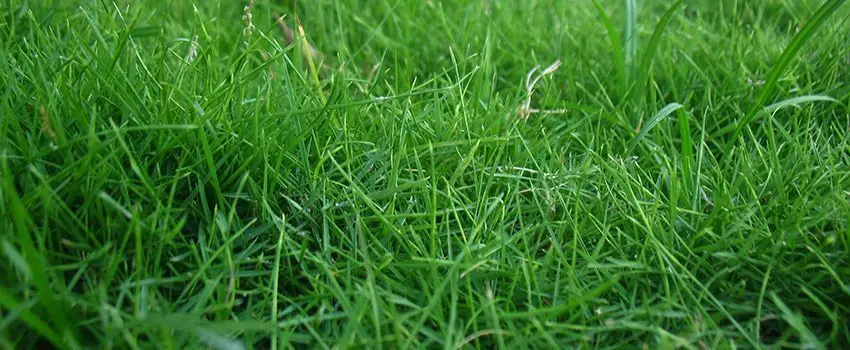
Bent Grass
This was originally reserved for use in golf courses. It is great for close mowing. It is one of the high maintenance grasses as it needs constant attention. It is mainly grown in high temperature and low moisture areas. However, you can also find it in the North, where the climate is cooler. Bent grass does not do well in extreme conditions of cold winter or very hot summers. You can use it for your lawn if you do not mind frequent mowing.
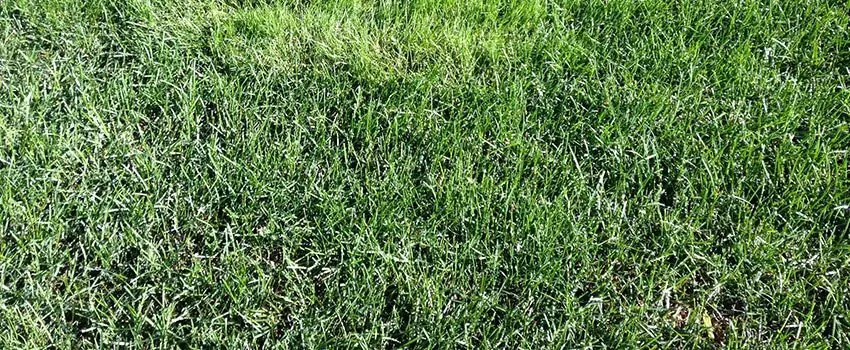
Fescue Grass
Fescue grass is available in different species. Many of the strains thrive in shady areas. Fescue grass can stay green all year if planted in ideal conditions and is low maintenance. Fine-leaf Fescue is ideal for cool seasons and can withstand extremely cold temperatures. It is also drought and disease resistant. However, it is unable to handle heavy traffic when compared to other strains of Fescue grass. Tall Fescue is perennial and grows faster during the fall and spring. It is also drought resistant and low maintenance. An added advantage of tall Fescue is that it can tolerate traffic much better than fine-leaf Fescue.
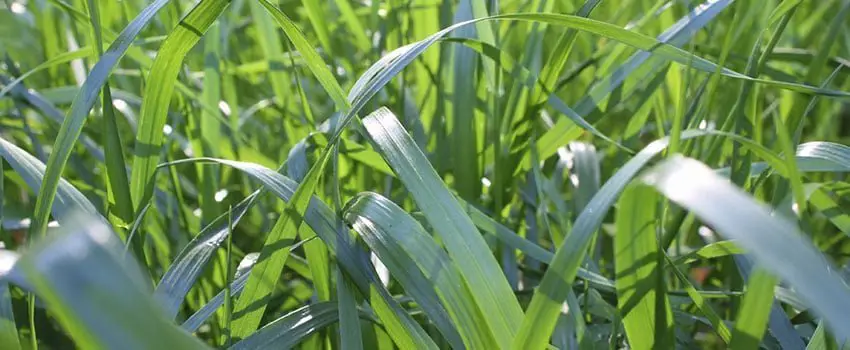
Tall Fescue is a cool season grass that also doesn’t need that much upkeep. Because it tolerates traffic well, it’s good for properties where the homeowner uses his or her lawn to play or entertain. Tall Fescue can grow in both full sun or shade and needs regular watering, though it’s tolerant of drought. It grows in tall, straight bunches which give it its name and can create a beautiful, thick, long-lasting lawn.
Rye Grass
Rye grass does well in areas with plenty of the sun and consistent rain. It is also able to withstand high traffic considerably well. It is found in parks, golf courses, athletic fields and lawns. It is popular because it grows quickly and remains green in ideal temperatures.

Choose the Right Grass
When choosing grasses for your lawn, you need to explore your options so you can pick the right grass based on the climate, geographic area, and yard requirements. At a glance, it may appear like the grass is grass, but there are hundreds of strains each with their ideal climatic conditions, advantages, and challenges. When you are committed to having a beautiful and neat lawn, you need to familiarize yourself with some of these strains, so your landscaping project is a success. Lawn grasses usually fall into two categories: cool season or warm season grasses.
Cool Season Grasses
Cool season grasses largely consist of those adaptable to northern climates. This means they thrive during the spring and fall. Their color may turn to brown during summer. In most cases, they are grown in blends of different varieties but of the same species. For instance, a blend of fine fescue and bluegrass is often a good combination. It is recommended that gardeners grow mixtures or blends so that at least one will survive even if the other does not perform very well.
Warm Season Grasses
These are typically found to the south because they grow best in hot weather. During winter or when temperatures are low, they turn brown or appear pale.
Lawn Seed to Plant
There are a variety of factors that contain to understand when deciding which kind of lawn seed to plant. Perhaps one of the main factors that you should target closely on is the quantity of sunlight that exists in the region that you intend to plant. Turf seed is grouped into a few different categories predicated on the quantity of sunlight or cover from the sun that it’s made to produce in. The three main classifications are sunlit, sunlight/shade, and tone classifications. Before making your decision, keep an eye on the region where you will be planting the lawn. Is there an entire whole lot of natural light present during the day? If so, you will want to get grass seed that is more adapted to directly sunlight.
Have you got incomplete natural light and incomplete cover from the sun throughout the entire day? You will want to choose the sun/shade mixture which was created to grown in a variety of conditions as it pertains to lighting. When you have the complete tone in the certain area where you intend on growing, then you will want to get the shade blend. You won’t need it the shade blend if you’re heading to be planting the seed within an area that gets total natural light during the day. The shade blend grass seed wouldn’t normally develop well in this circumstance.
Plant the Turf
They are but three types that are recognized to prosper in the South, but there are a lot more available: your neighborhood garden store can help you on a sort suitable for the spot. Also, they stock mixes which may have been specially produced by grass seed products companies to flourish in special conditions: this can be your very best option if you cannot spend lots of time researching types of turf.
There are various types of turf, so when it involves picking the correct one for your backyard or wherever it is that you’ll require it, it could be somewhat confusing concerning which kind of lawn is simply perfect for your situation. The sort of grass that you select will rely on lots of factors and knowing just a little about different types will also assist in making that decision.
There’s also factors that entail the area by which you will be planting the turf. Factors including the amount of moisture present. Could it be a sandy and dried out area? Could it be a damp area or will it include a lot of moisture? These kinds of factors will weigh your preference in purchasing grass seed as there are types for almost every growing condition which may be within your yard.
Have the Perfect Green Lawn
When you want to have the perfect green lawn, then you need to know one thing: choosing the right grass will determine whether you will succeed or fail. If you make a mistake here and you choose the wrong type of grass, then you can wave the perfect lawn goodbye. If you would like building a house on a wrong foundation and then expecting to repair it while the foundation is still on; you will end up with a very shaky house. And although the dangers of living in a house that has a shaky foundation are quite different from that of choosing the wrong type of grass in America for your lawn, it is still important that you take this step with the seriousness it deserves. But…
How To Choose The Right Grass For You
The Type of Soil
The first thing that you will need to do when starting out a new lawn is to consider the type of soil at your location. This is because different types of grass do better on different types of soil depending on the texture, fertility, and the porosity. For this reason, you may need to check out with your neighbors whose lawns are doing well and then ask them about the type of grass in America that they are growing.
The Season
Again, you also need to consider the season that you are in if you want to set up your lawn. Different types of grass do well during different seasons of the year. For example, the Kentucky bluegrass and the perennial rye grass are those types of grass that do well in the cool season. On the other hand, the Bermuda grass and the St. Augustine do well in the warm season.
The Use
Another thing that you need to consider when choosing lawn is the use of that particular type of grass. Some very beautiful grasses are like the new suit, which though good-looking, is rarely worn for fear of tearing it. Other types of grass are like the old suit, which though not so good-looking, are frequently worn because the wearer knows that the suit can survive the hard times of any day. So, if you want something that will be there just to be looked at, then you need to pick the delicate and beautiful breed; if you want something which will be able to withstand high traffic, then you should be willing to prioritize hardiness over beauty.
There are numerous other things that you need to look at when it comes to picking the right grass. However, these three items are some of the most basic and will go a long way in helping you select the best type of grass for your lawn.
Final Verdict
When you are investing in a new house, you will make sure that a major lawn surrounds your house. A lawn always adds beauty to your dwelling. Also if you are selling your home, you can boost your value if your premises contains a major lawn. A properly maintained garden easily impresses the customer, and they prepare you to purchase your home with the same price you offered. Designing your yard and keep maintaining it is an integral part of designing your home properly. Also when any guests visit your house; they shall be impressed with your property if there is a major and well-maintained lawn. You can always spend time with friends and family and family upon this individual lawn. It’s always better to spend time on your lawn after an extended tiring and busy day. A lovely scenic beauty always alludes outsiders as well the friends who come to your house.
There are various kinds of lawn grasses gives your lawn some other looks and with regards to the climatic conditions and local surroundings you can make this lawn turf for designing your garden. Mainly there are two types of garden grasses: Warm Season Garden Grasses and Cool Season Garden Grasses.

